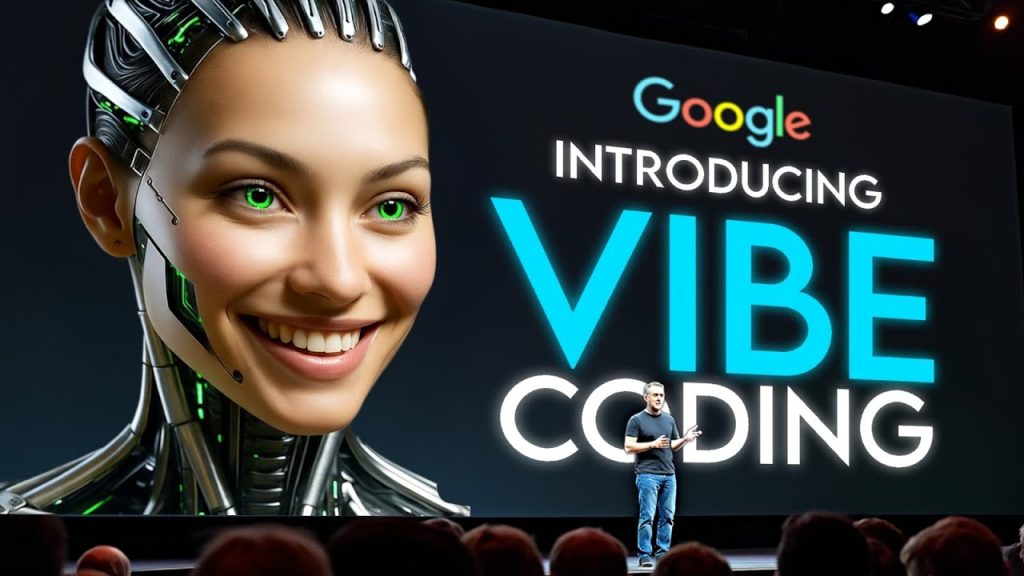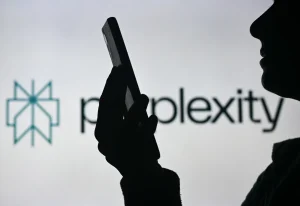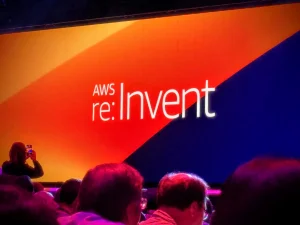Google Unveils VIBE Coding AI, Showcasing Its Impressive Capabilities

Vibe Coding: Revolutionizing App Development
Google has rolled out a groundbreaking feature within its AI Studio called “Vibe Coding.” This update is not just another addition; it’s a game-changer in how applications are created. Imagine describing the app you envision and having Gemini build it right before your eyes. This eliminates the complexities of setup and API integration, delivering instant results.
Instant Results with Real-Time Building
In a demonstration, a single prompt generated a voice-over powered video generator. Another prompt led to the creation of an image editor, while yet another built a writing tool linked directly to Google Search. Everything unfolds in real time, with Gemini seamlessly handling the wiring and logic behind the scenes. The experience is fast, smooth, and hints at a new era for AI app development.
A User-Friendly Interface
The application interface is more inviting than ever. Rather than a static list of templates, the app gallery has transformed into a visual library where you can preview, fork, and remix starter code. This hands-on approach allows you to learn by doing, making the coding process more intuitive. If you ever find yourself stuck, the “I’m Feeling Lucky” feature jump-starts you into a viable project, helping you avoid the frustration of staring at an empty canvas.
While the app builds, users benefit from a brainstorming loading screen that runs Gemini in the background, offering context-aware ideas, alternative layouts, animation cues, and small features you might not have considered. This collaborative aspect can make the developmental process feel less burdensome.
Annotation Mode: Enhancing User Experience
Where Vibe Coding truly excels is in what’s known as “Annotation Mode.” This feature addresses one of the most tedious loops in app-building by allowing users to directly translate visual tweaks without the need for convoluted hunts through component trees, classes, and configurations.
You simply highlight an element and instruct Gemini on the changes you want, such as “Make this button blue” or “Animate the image from the left.” This visual dialogue keeps you engaged and aligned, resulting in quick micro wins, which lead to a significant boost in morale for both newcomers and seasoned professionals.
Cut Through Complexity
Google has also introduced a practical feature for frequent builders: the option to input your own API keys once you run out of free quotas. This allows you to continue your project without interruption, reverting back to the free tier when your counter resets. This seamless transition eliminates pressures related to billing caps and guesswork about when you’ll next be able to code.
The overall strategy here is apparent—Google aims for AI creation to feel less like engineering gymnastics and more like collaborating with a competent teammate. By lowering the entry barrier and increasing momentum once you’re engaged, Vibe Coding amplifies productivity.
Introducing Canvas Slides
In addition to app creation, another innovation is the integration of Canvas Slides. These aren’t mere template packs but actual slide decks generated from prompts or rooted in uploaded documents, spreadsheets, or research papers. You can create themed presentations that align with the content at hand, then export them directly to Google Slides for further editing or collaboration. This ensures that both personal and workspace accounts can create professional-quality decks without hopping through different tiers.
Broad Application Uses
If you’ve ever been involved in web scraping, data research, or managing multiple online accounts, you understand how often proxies can fail—facing issues like slow speeds and constant blocks. Enter Data Impulse, a solution designed to provide over 90 million residential IPs across 195 countries with flexible pricing structures starting at just $1 per gigabyte. This service empowers users to navigate the web seamlessly, making it ideal for web scraping, price comparisons, SEO and social media management.
Shift in Orchestration
Another significant shift with Vibe Coding is the orchestration of multimodal apps simplified. Previously, integrating numerous moving parts like APIs, data management between text and vision models, and rate limit calculations was daunting. With Vibe Coding, much of that is handled for you, enabling developers to focus on what really matters—the essence of the app, its functionality, and user experience.
Empowering Creativity
The ability to build applications without the traditional constraints allows a new wave of creators to emerge. Vibe Coding collapses different roles—designer, integrator, tester—into a seamless workflow, making it easier for users to develop projects from a simple sentence to a fully functional version. This accessibility is critical for individuals wary of complex technicalities that could impede their creativity.
Addressing Limitations
One lingering question might be about limitations, particularly what happens when you exhaust free usage. In the past, this scenario often halted progress. Vibe Coding, however, allows you to inject your own API keys, enabling uninterrupted development until your quotas reset.
Canvas Slides: The Other Half of Creativity
Once a feature is created, the task often transitions to explaining it to stakeholders or teaching it in a classroom setting. Writing a prompt can yield a well-structured, themed slide deck or provide a clean layout based on a source document. Whether via a spreadsheet or research paper, the result is a visually appealing presentation that can be seamlessly exported to Google Slides.
This approach reflects the same philosophy of “less ceremony, more output,” aiming to streamline the packaging of information rather than indulging in tedious formatting.
Security Considerations
Importantly, users should remain vigilant amidst these advancements. Recent reports highlighted a significant Gmail credential leak, with approximately 183 million account logins circulating on underground forums. Although Google’s systems weren’t compromised, it sheds light on risks stemming from third-party leaks and user behavior.
Conclusion
In a rapidly evolving technological landscape, Vibe Coding stands out as a transformative force in app development. By streamlining the process and enhancing user experience, it opens up opportunities for both seasoned developers and newcomers to build effectively and efficiently. What are your thoughts? Could Vibe Coding represent the future of app development? Join the conversation in the comments below!
#Google #Dropped #VIBE #Coding #Powerful
Thanks for reaching. Please let us know your thoughts and ideas in the comment section.
Source link






this has been out since january
Im currently passing a kidney stone. Not fun.
lol. you just found this?
Bro this been out for a while. Maybe instead do a video on the new minimax 2 agent thingy
Does it connect to Firebase, Does it have a Backend and so on
Is there any update on Macrohard?
Always on top of the News here i Love it!💙 Great Work like always thank you!🎉
Those micro edit overlays are how inpainting needs to work for image and video editing. Super quick, small notes or verbal explanations of what you want for each change.
In the case of videos, it would of course need a timeline that you skip around in making marks and then it gets a re-render where the changes are where appropriate.
Ive prompted "Imagine: me walking the streets, App loaded on my Android Phone, I talk to it "Hey gemini, Check out this tree takes picture of tree, Gemini analyze imge and tell me which tree is that…
Imagine: me walking the streets, i ask Gemini Where is the Closest Bank Agency, it searches google maps, gives me locations and directions…"
And it have built it.
published to github and to google cloude lulz epic win